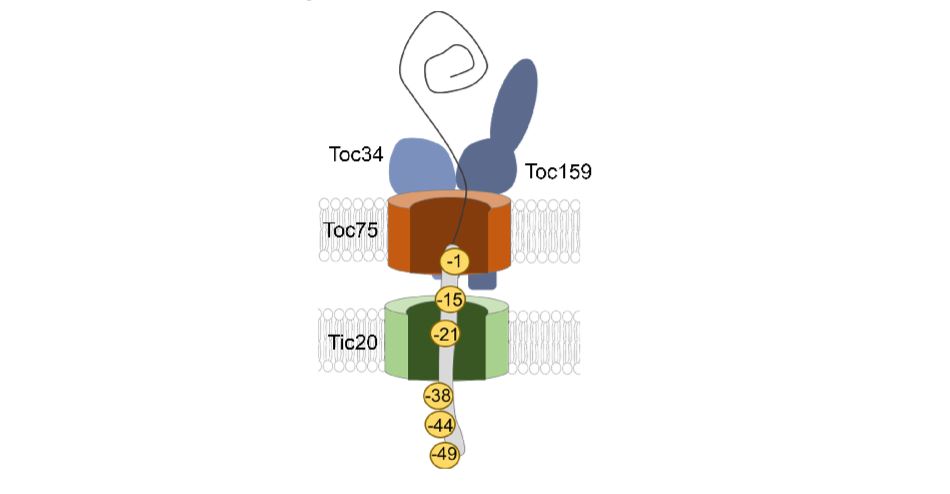
Taking the TOC/TIC path to the chloroplast
Research, The Plant Cell, The Plant Cell: In a NutshellRichardson et al. explore the molecular topology of the chloroplast transit peptide and its nucleotide-dependent movement within the chloroplast protein import channel. Plant Cell https://doi.org/10.1105/tpc.18.00172.
By Lynn GL Richardson and Danny J Schnell
Background: Chloroplasts, the site…
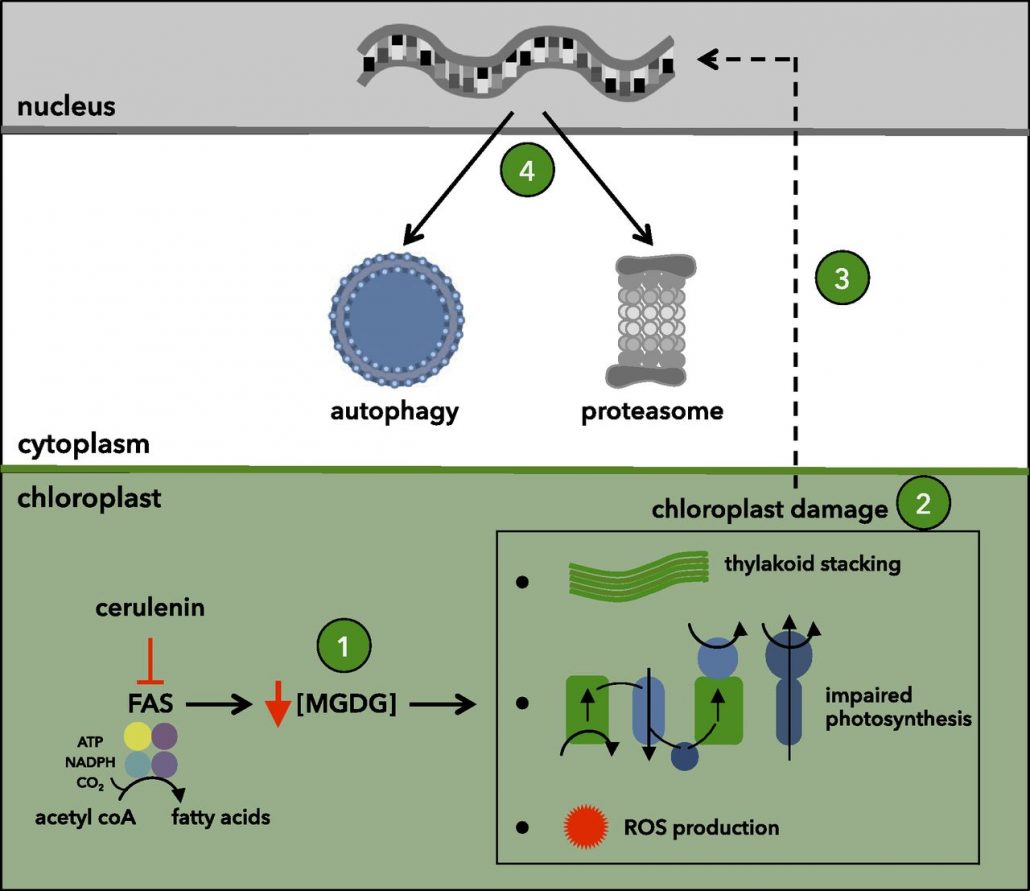
Autophagy and Chloroplast Quality Control: Fatty Acid Synthesis Counts
Plant Physiology, Plant Physiology: News and ViewsPlants devote more than 70% of their available nitrogen to maintaining chloroplast function (Makino and Osmond, 1991). During senescence or under stress conditions, chloroplasts are degraded and their constituent components are recycled. Chloroplasts can be degraded through at least three pathways: (1)…
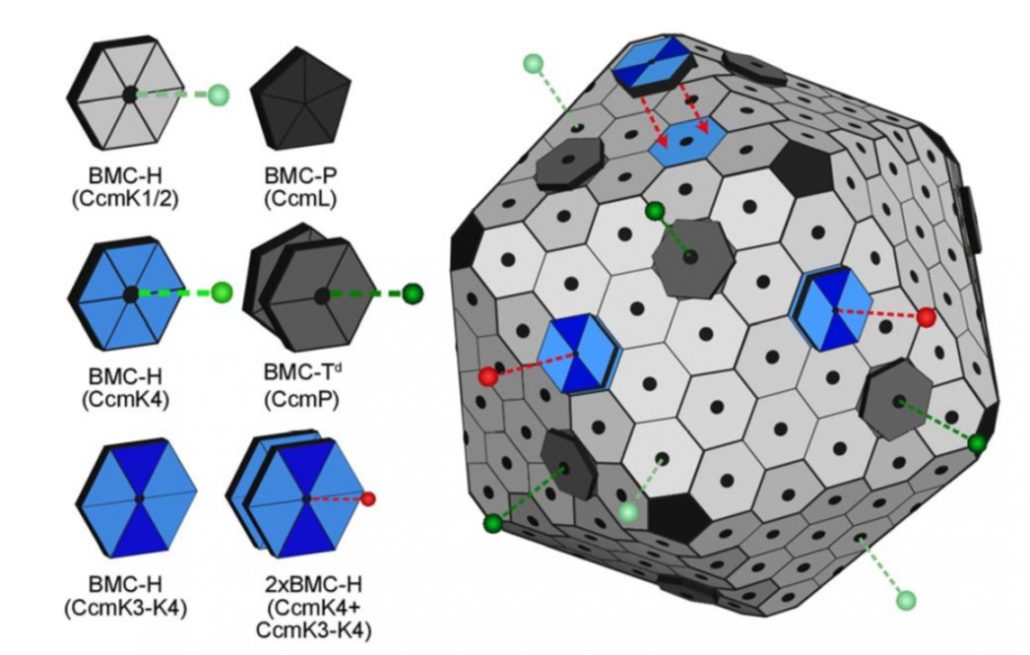
Heterohexamers formed by CcmK3 and CcmK4 increase the complexity of beta carboxysome shells (Plant Physiol)
Plant Science Research WeeklyCarboxysomes are protein-bound microcompartments of cyanobacteria that sequester Rubisco and carbonic anhydrase (which converts bicarbonate to carbon dioxide), thus enhancing Rubisco’s carboxylation efficiency. The carboxysome shell is made up of hexamer, pentamer and trimer modules, with selectively…
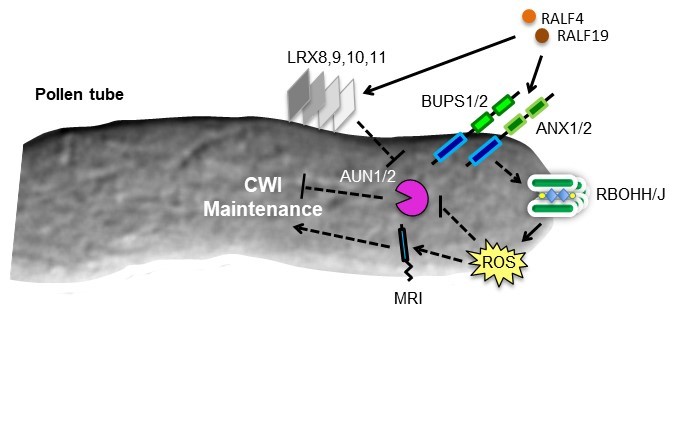
Protein Phosphatases AUN1&2 Regulate Tip-Growth
Research, The Plant Cell, The Plant Cell: In a NutshellFranck et al. demonstrate that protein phosphatases ATUNIS1 and 2 negatively regulate cell wall integrity in pollen tubes and root hairs of Arabidopsis. Plant Cell (2018). https://doi.org/10.1105/tpc.18.00284
By C. M. Franck, J. Westermann, S. Bürssner, R. Lentz, D. Lituiev, and A. Boisson-Dernier
Background:…

Heat-inducible lipase HIL1 mitigates heat stress in Arabidopsis
Research, The Plant Cell, The Plant Cell: In a NutshellHigashi et al. investigate the function of a heat-inducible lipase in Arabidopsis thaliana. Plant Cell (2018). https://doi.org/10.1105/tpc.18.00347
By Yasuhiro Higashi and Kazuki Saito
Background: Land plants suffer from high-temperature stress, exacerbated by climate changes in recent years.…
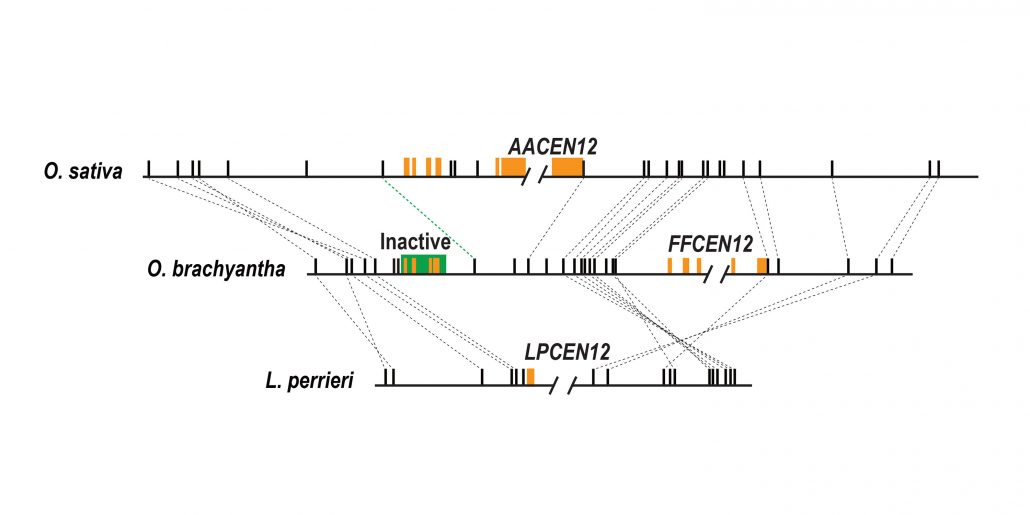
Selection Drives Gene Escape from Centromeres
Research, The Plant Cell, The Plant Cell: In a NutshellLiao et al. performed comparative phylogenomic analysis on rice centromeres. Plant Cell (2018). https://doi.org/10.1105/tpc.18.00163
By Yi Liao and Mingsheng Chen
Background: Centromeres are necessary for faithful chromosome segregation in eukaryotic organisms. The genomic regions conferring centromere…
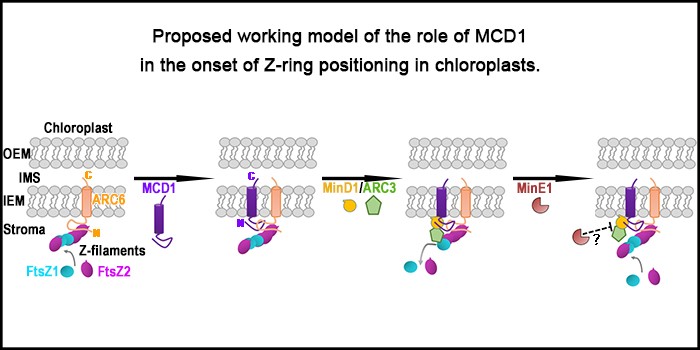
Role of MCD1 in Positioning the Chloroplast Division Site
Research, The Plant Cell, The Plant Cell: In a NutshellChen et al. investigate the mechanism of MCD1’s action in chloroplast Z-ring positioning in dividing chloroplasts. https://doi.org/10.1105/tpc.18.00189
Background: Chloroplasts are specialized photosynthetic organelles in plants that evolved from an ancient photosynthesizing cyanobacterium through…
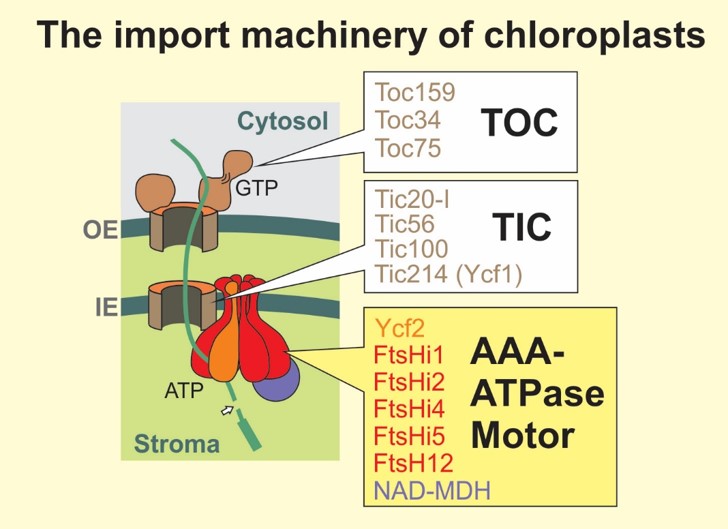
A Force-Generating Machine in the Plant's Power House: A Pulling AAA ATPase Motor Drives Protein Translocation into Chloroplasts
The Plant Cell, The Plant Cell: In BriefMost chloroplast proteins are encoded by the nuclear genome and synthesized on cytosolic ribosomes. N-terminal transit peptides serve as targeting sequences to direct precursors of chloroplast proteins to receptors on the chloroplast surface. These receptors are part of the translocase of the outer envelope,…
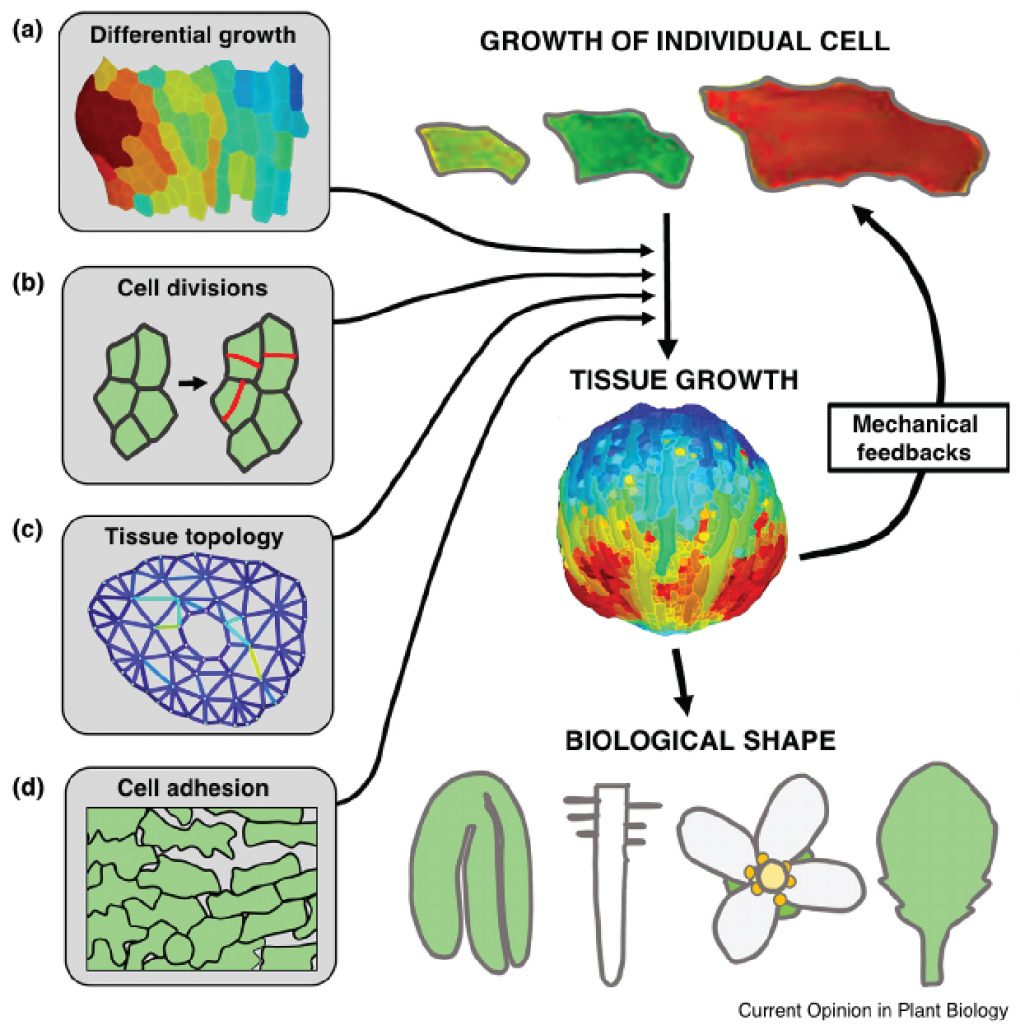
Review - Cellular basis of growth in plants: geometry matters (COPB - $)
Plant Science Research WeeklyPlants exhibit various forms which are determined by the individual cells. The diversity of cell shapes within a single organism is astounding and results from the interactions between the pressure generated by the cell and surrounding tissue as well as heterogeneities in the cell wall composition. As…

